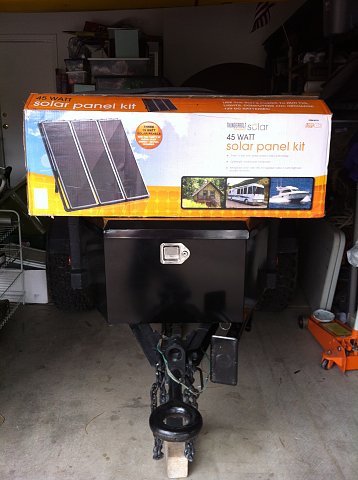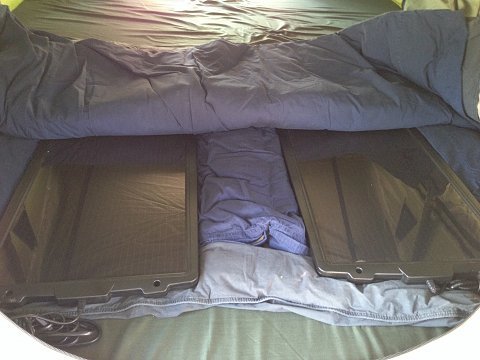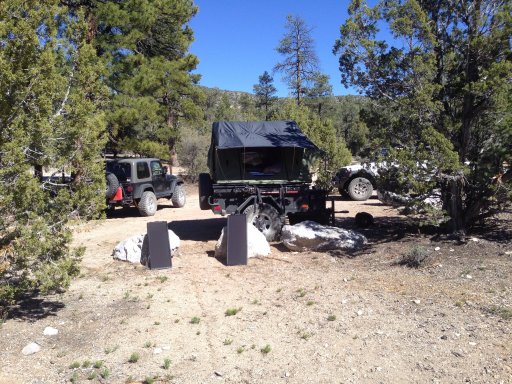I've been curious about fitting a panel or to to Pegasus, and have done a TON of research. I'd like to set it up on a "reverse charge" or, charging the secondary battery first, since it takes the beef of the useage when she's parked. The one major thing that I've found in my research is that either type of charger module will work for the things that we generally do. PWM is more of a basic charger. It makes sure that the battery(s) are not overcharging, and can be set for different types of batteries, similar to a 120v charger. MPPT chargers are supposed to do all the things that their PWM counterparts do, but more efficiently (Something about the charging curve?). I don't know the details as far as the science of it, but every testimony I've heard from people who have owned both seem to prefer the MPPT style.
----------------------------------
As far as the panels themselves, I'd have to have some experience with them before I could offer up any testimony.
Since I don't usually use the roof rack during "down time," I was considering getting a flexible panel or two and strapping them into the rack as if they were cargo. That way when it comes time to load up the rack, I could just remove the panels, load the rack, and strap the panels back down on top.
Another Idea I had was to install a solid panel underneath the rack, in the space between the rack and the roof of the Jeep. Talking to my Pops about this idea (He works in Energy management for the local power company, he deals primarily with solar panels and wind turbine systems), he seemed to think that the extra shadows from the rack would drop the efficiency of the panels too far to justify the purchase. This would likely be a good option for those who would prefer not to have a rack (I doubt there are gonna be many of these on here! haha) or if you have empty roof space somewhere large enough for a panel.
Another idea, which could be implemented as a "stationery design" would be to hang a panel off the rack, dangling off the side of the vehicle. With this design, I figured that the best way to deploy this would be to attach a small flexible solar panel to some sort of "backplate" made of a material which is more rigid than the panel, yet still slightly flexible, and to attach a couple of hooks of draping it off the rack, with either magnets or suction cups (maybe a set of both so it can be moved around?) so that you can hold it stationary and prevent wind movement.
Since the panels can be daisy chained, this could be implemented and deployed once you reach a stopping point, or if you have a "base camp" vehicle or trailer that you plan to return to.
These are all of the ideas that have come outta the think tank since I started researching. Some time this year, preferably before our hot Arizona summer, I intend to attempt one of these ideas, probably the top one. I don't drive far enough to keep both batteries changed going to and fro, from and to work, so this may be a means of keeping my batteries good through the summer.















